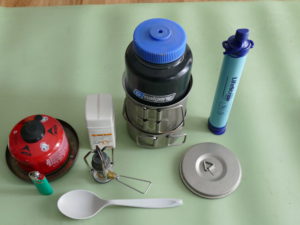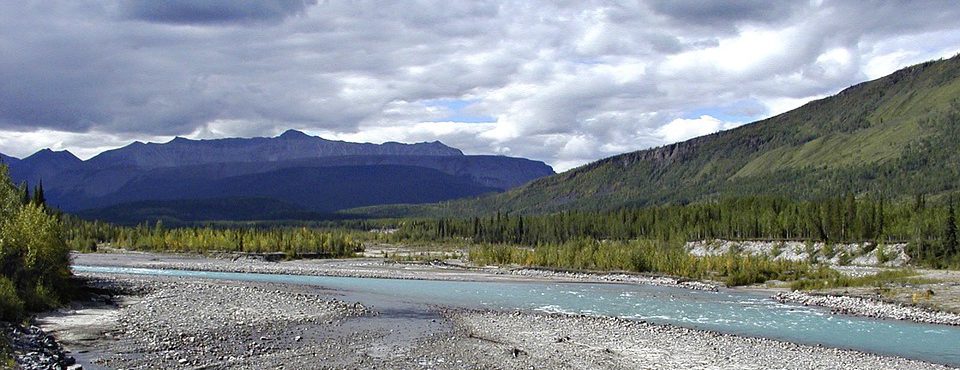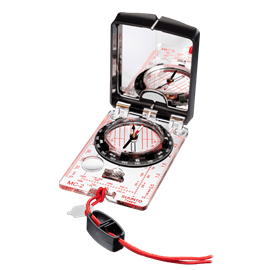What are the top 10 Survival Items for a wilderness adventure?
Before I begin to list my top 10 items, let’s describe what a survival kit really is.
A survival kit is a bag, box, or container of tools and supplies that you build to assist you in surviving an emergency situation that you could find yourself in.
We all need the same basic things to survive, regardless of where we live. The three most important necessities for survival are food, clothing, and shelter. We have all heard this expression many times and these 3 categories are the basis for the construction of any survival kit, used in any activity, anywhere. So, let’s begin here, and add some tools and things, to make this list more complete.
What else must we consider?
- where will you be using this kit
- how practical are the items in your kit and can they be used for more than 1 purpose
- is it easy to carry
- how heavy is it
Where will you be using this survival kit?
If you spend your playtime in the forest, on or near the ocean, in the mountains, or in the desert, some items are more useful and practical to bring along. If you carry the kit on your person or you carry this kit in a vehicle, boat, or airplane, this must also be considered as well.
The weight of these items is always a factor since more robust items and tools are almost always heavier. Carbon-fiber and titanium have made some things much lighter and this often has useful applications.
How practical are these items and are they multi-purpose?
Are the things you carry in your kit useful and able to perform the task they are intended for? Let’s think of knives for a moment. There are thousands of knives on the market today that look really cool, but that would quickly break with very light use.
If we examine some of the cheap “survival knives”, they all seem to contain a dozen or so, almost useless items, in their handles. Is this what you want in an emergency situation? A blade that you cannot sharpen, a few hooks, a compass that points wherever it wants to, and a saw on the back of the blade that can barely cut through butter, not to forget, the almost 2 pounds of weight.
Is this kit easy to carry?
Is your kit so big and heavy that you never want to bring it with you? Do you just grab the knife and lighter and leave the rest in your truck, or at home. This is why you need to understand what a survival kit is, and where you will be using it. If you’re canoeing or kayaking, weight is not as important to consider, as if you are backpacking. A few extra pounds in a canoe or kayak, are not the same as two pounds on your back going up a mountainside.
I have heard these ten items described in slightly different ways, but at the end of the day we all seem to agree on the basics. Everyone who has ventured into the wilderness will agree that a knife and a firestarter are two items that need to be brought along. Getting these people to agree on the best knife and the best firestarter is another matter completely.
How heavy is all this stuff?
For 3-season use, I can keep this under 10 pounds, not including food and water. It does not need to weigh a ton. In winter I will add an large axe and a robust saw.
What are these 10 “must-have” items for your kit?
I like to describe my ten essentials as things, tools, and/or systems. Here they are in some order of importance. Their degree of importance can vary and I am very much in favor of having a “backup” for as many of these items as possible and practical.
1. One of my first considerations is always Shelter. Where I live and play, I need shelter from the cold, the wind, the rain, and the snow. A shelter protects me from these elements and gives me the opportunity to rest and rejuvenate. In a downpour, we all run for shelter.
A small tarp, or piece of heavy construction-grade poly, approximately 3 x 3 meters, is a very practical piece of equipment to carry in your daypack. Lightweight and easily adaptable to various terrains and landscapes, I can quickly construct a shelter with minimal effort and energy.
Constructing a lean-to with branches and twigs is an exercise to deter a monk. Unless you’ve brought a bundle of banana leaves along, good luck trying to make it waterproof. I can pull out my tarp and cover myself up, umbrella style, in a downpour, in less than a minute. Try that with your lean-to or “instant-shelter”.
2. A firestarter, and at least one back-up. A firestarter can be as simple as waterproof and windproof matches or the ubiquitous Bic Lighter. Ferro-rods and Magnesium blocks are lightweight, effective, and good extras to have.
3. A Knife. Let’s forget about the best knife in the world for a moment. A folding knife such as a carbon steel Opinel is inexpensive and easy to maintain. A Mora adds as a good backup. You shouldn’t have to break the bank to find a decent knife. A folding saw is a good addition and there are many good models that you can add as you gain experience.
4. A headlamp, and a back-up. This can be another headlamp or a flashlight. I carry headlamps and flashlights that share the same batteries. For short trips of a few days, new batteries in each unit, and an extra set are sufficient.
5. A water bottle that nestles in a metal pot. My Nalgene water bottle connects to my water filter and nestles into a titanium pot with lid and drinking cup.

6. A compass. Get a good quality compass and learn to use it. There are many books and courses available to achieve this aim.
7. First Aid. A First Aid can be purchased or built and its importance needs no further mention.
8. Tools. I use this section to include everything that can be useful and handy to bring along. A whistle, a few zap straps, surveyor’s tape, you get the idea. A study Daypack to carry these can be included here.
9. Cordage. Rope, string, duct tape, and snare wire, make up this very important group.
10. Food and Water. A water filter is a must. A pump style filter or a LifeStraw are necessities. It reduces the need to carry large volumes of water. Water is a must to stay hydrated but it is also heavy to carry.
The Last Word
Everyone wants to have the last word, from time to time, so I’ll throw in my two cents now.
These items are what I consider absolute necessities for the Boreal Forest. Most are universal and should be brought with you in any environment. Focus on good quality and learn how to use these essentials. They can save your life.
If you have any comments, questions, or suggestions, I will be happy to address them. You can Contact Me and click on my links to support my efforts. All is appreciated.


First of all, let me thank you for your writing style. It makes the article easy to read but also enjoyable.
When I was in school, part of our outdoor education was building one of those lean-to’s you described. They made it sound so easy but you are right, it is extremely hard word and the tarp is soooo much simpler.
I always forget about the importance of a water filter – probably because i always have access to clean water. Thanks for the reminder.
How important is a good backpack to you?
Thanks for the kinds words, Kim.
Lot’s of things are really easy in school. It’s in the real world that the SHTF.
I always get a good laugh when I see or hear about how easy it is to master these survival techniques. Another one of my favorites is the survival kit in a Sardine can. I leave that space in my pack for a “real” can of sardines, which by the way, have a high energy and food value ratio for their small volume and weight.
Water filters are very important to have and carry, even for us Canadians. The LifeStraw is inexpensive and a true winner.
To you concerns about backpacks, here is my take on it. A good backpack is extremely important because it protects, stores, organizes, and carries all these 10 essentials. Over the years, many experienced woodsmen and women, have come to realize that some things are useful and others are just junk.
My best recommendation is to buy the best you can afford and take good care of it. No need to buy a new backpack, knife, or compass, every season.
In the beginning, we don’t always make the best choices, even after reading many reviews, but the learning curve is usually quick and sweet.
I am updating my water filter reviews and posts. Drop by soon to see my recommendations on these.
Paul
I agree with this list, especially basic tools and rope. I would even say maybe a lightweight, small blanket or tarp even. Just because it would come in handy if someone would need to make a quick makeshift shelter.
I actually like the water filter tip. A lot of hikers who do serious treks would probably prefer bringing a filter over a ton of water, so that tip makes a lot of sense!
Good Day, Nate.
I’ve place a tarp as number 1 on my list.
I’m happy that you share my thoughts on water filters, basic tools, cordage, and shelter.
Paul
In my opinion, food, water and shelter are really the top 3 that are so important. It doesn’t matter where you are desert or in a cold climate, you will need it. I’m going to share this with other people, because in my opinion, this is a very important post. Thanks a lot for writing this article.
Thanks, Emmanuel.
It’s always best to be prepared.
No need to go overboard and “bubble wrap” everyone, but a few tools and skills go a long way towards making our treks and holidays more fun and safer.
Paul